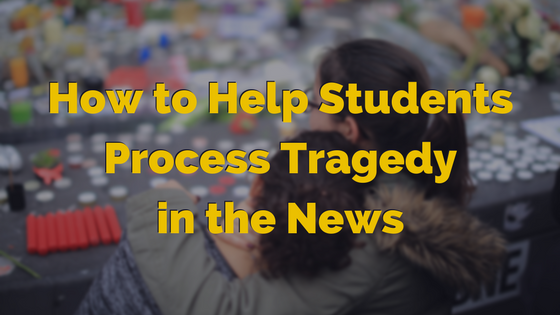Do you wish you could make writing more exciting? (Yes, we meant that to rhyme). We all know that writing is not only critically important for academic development and achievement, but is a key tool through which we can deepen our learning, communicate with others, express ourselves and be creative. But students may not always see writing as a wellspring of opportunity: a study from 2006 found that only 8% of students said they enjoy writing (HSSE, 2006).
Crafting writing exercises and assignments that resonate with students, boost engagement and support the curriculum is a challenge, then—but a solvable one. At Flocabulary, a favorite student-centered writing exercise to incorporate in lessons is, naturally, rhyme-writing! It’s as engaging as it is educational, and you don’t need to be a professional rapper to do it—check out our Writing Academic Rhymes resources here. Here are five ways that bringing rhyme-writing into your lesson has pedagogical benefit:







 A major challenge for any teacher is knowing how to present news to students about tragic events in the world, including acts of terrorism and hate crimes. Many students are exposed to these news stories along with the rest of us, and they’ll likely have fears, concerns and questions about the event and what it means.
A major challenge for any teacher is knowing how to present news to students about tragic events in the world, including acts of terrorism and hate crimes. Many students are exposed to these news stories along with the rest of us, and they’ll likely have fears, concerns and questions about the event and what it means.